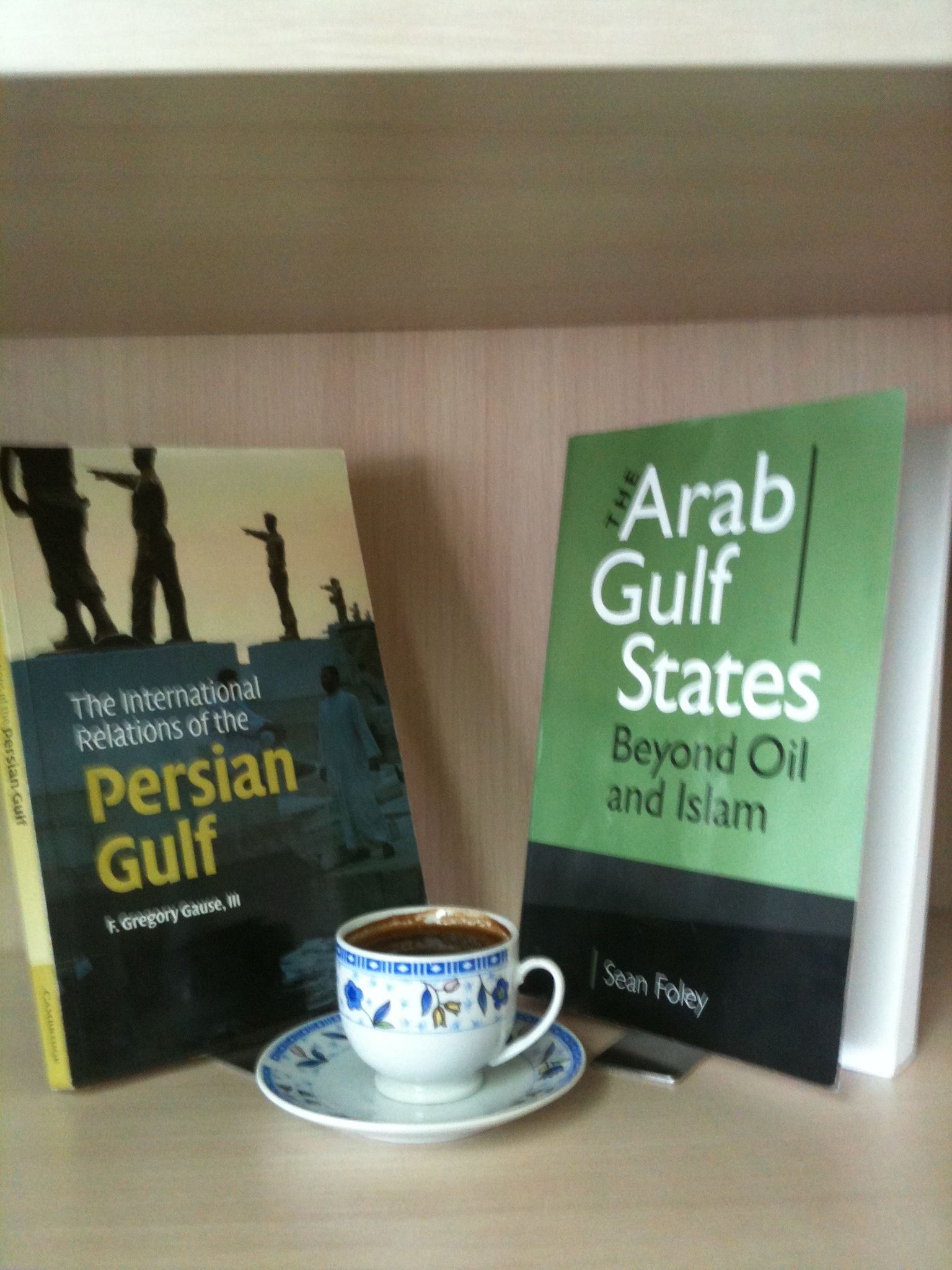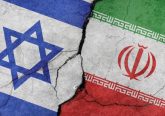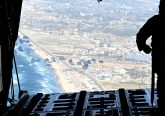The Arab Gulf region is of great geopolitical importance owing to its oil and natural gas deposits. Ironically, the history and international relations of the region had, for several reasons, been quite neglected by the academic arena for decades. First and foremost, where political studies are concerned, this neglect had been linked with the development of the discipline itself and its debate in and toward non-Western states and societies specifically (see, e.g., Anderson 1987:1; Green 1993:517–518). Second, up until the late 1980s, studies on the Gulf region had been closely associated either with an examination of the Islamist role or with the Arab–Israeli conflict. Third, many orientalists and policy makers were more interested in examining the region to pursue their own national interests rather than understanding the special regional conditions.
With the rise of new generations with the relevant academic expertise since the beginning of the 1990s, there have been new types of studies into the regional dynamics of the Gulf area (Nonneman 2001). The two reviewed books make use of this innovative approach.
The Arab Gulf States is an ambitious and original work of analysis and insight written by Sean Foley, an assistant professor of history at the Middle Tennessee State University. The book is enhanced by the author’s educational background in history. Traditionally, many scholars analyzing the region have employed the normative rentier framework, or the so-called Islamist approach. The book is ambitious because it goes beyond these already exhausted and limited approaches. Foley points out that the information age and the emergence of a younger, educated elite are factors that have forced substantial developments in the GCC countries (Bahrain, Kuwait, Oman, Qatar, Saudi Arabia, and the United Arab Emirates) and have resulted in political and economic reforms. Such factors are worth analysis on their own merit—outside the realms of oil and Islam. It is from these perspectives that the author considers, correctly, the rentier framework to be inaccurate. The book is original because it considers, in addition to primary sources, new information channels such as YouTube and Web blogs, and comes to realistic findings.
Foley summarizes his approach in four essential theses (pp. 4–5, 274). He stipulates first that the societies of the Arab Gulf States are going through a nation-building and state-formation process similar to what industrialized countries have already experienced. Second, he challenges the traditional practices at the core of Arab societies, such as patrimonialism and traditional governing. He states that there are ongoing processes that are decades old and predate the finding of petroleum; thus, he shows that the rentier model is inaccurate. Third, he posits that the inclusion of women and minorities in analysis is a prerequisite to understanding contemporary and future developments. Foley’s final thesis is that the revolution of knowledge had a supportive influence on societal and political development.
The arguments are very promising, and they are supported with an intelligent and in-depth analysis in the different chapters. Chapter 2 covers the rise of themodern Arab Gulf until 1980. It explores national challenges, like establishing a petroleum industry, organizing and controlling pilgrimages and trade, as well as regional developments, such as the British withdrawal from the Gulf region.
Chapter 3 discusses new media channels that appeared in the Gulf over the course of the last decades and how they contributed to political and economic developments. The author maintains that the new forms of media that emerged during the 1990s, in conjunction with the rise of a younger, educated generation, run parallel to socio-political and economic reforms.
Chapter 4 examines the reaction of the Gulf States toward domestic challenges, such as socio-economic developments, and regional challenges like the emergence of Shi’a political power. The author argues that the GCC governments, driven by economic weakness and future aspirations, started to invest in alternative sources to feed their economies, for example, partnerships with prestigious Western academic institutions. Chapter 5 investigates the role of women in Gulf societies since the 1990s. While the author stresses that women in the GCC have fewer rights than men, for example, in terms of voting power or the right to drive, he argues that women’s rights and their role in society have improved considerably. The author argues that this is in large part owing to the education revolution in the 1970s and the privatization of education in the 1990s, which resulted in a demand for professionals leading the economic upturn.
Chapter 6 sheds light on the role of non-Muslims, non-Arabs, and the Shi’a minority in the Arab Gulf societies. Foley concludes that while some minorities faced hostilities, they profited generally from the oil revolution, because of the integration and support of domestic governments. Yet, aware of these shortcomings, the author sees the recognition of women and minorities as crucial in the long-term success of the GCC transition.
One of the main arguments of the book, as noted above, is that GCC states are not much different from other states and many of the developments they experience are similar to developments of Western states and are beyond Islam and oil. Structurally, to support his arguments, Foley uses one or more important examples in each chapter. At the first glance, some examples might appear to be generalizations or simplifications, but exactly this degree of abstraction allows us to make a few interesting predictions about the possible long-term developments and transitory directions the GCC may take.
The second book, The International Relations of the Persian Gulf, is written by F. Gregory Gause III, an associate professor at the University of Vermont. He gained academic acclaim through publishing numerous articles and book chapters, and two books (Gause 1990, 1994) on the region. The current book focuses on IR in general and on the security system of the Gulf region specifically, and it can also be regarded as an addition to the literature on the political history of the area.
The book explores the progression of the region’s security system across almost four decades. It deals with the emergence of the regional Gulf system (1971–1978), through the Iranian revolution and the Iran–Iraq War, up to the Gulf War of 1990–1991. It deals with the last decade and investigates the fall of Saddam Hussein in the American-led invasion of Iraq in 2003, and it follows regional developments until 2008. In the process, the book illuminates the ever shifting American policies toward the area.
The book, I believe, is in some way an expression of a shift in Gause’s own approach. In contrast to his previous book (1994:4, 42–77), oil wealth is no longer the main consideration for the region’s security. Instead, Gause applies the framework of the regional security complex on the Gulf and uses it as a basis for his analysis. The author uses security interdependence and tension among the Gulf States to base the framework on. He argues that many states in the Gulf region have had and still have internal and external conflicts. The possibility of a war is always in the air, and this results in a palpable tension throughout the region (pp. 3–4).
Like Foley, Gause challenges the conventional approaches to the Gulf, and he gives priority to regional dynamics and local issues. The breadth and depth of his analysis differ from others who try to view the region’s security system through the lens of Saudi–Iranian perspectives or those who try to fit the Gulf’s regional security system into the global security system. Instead, Gause states that the key roles of this security complex are rival transnational identities and ideologies (pp. 8–12), such as Pan-Arabism versus Pan-Islamism and Sunnism versus Shi’ism. Thus, he breaks with academic consensus that border disagreements and petroleum profits were the main reasons behind wars in the region. He argues that such frameworks are not flexible enough to explain specific circumstances. His narrative of the Iraq–Iran War fits into his idea of vibrant transnational identities: He attributes the invasion of Iran to the Iraq’s regime fear of losing its hold on power. Iran had mobilized the Kurds and Shi’a population within Iraq’s own territories, which fueled and ignited this fear.
Possibly to the readers’ surprise, Gause finds that the invasion of Kuwait was actually based on its oil price policy and is not explained by his own regional security complex, which seems like a flaw in the used framework, as it indicates a lack of explanatory power. It is therefore recommended to view the proposed framework of transnational identities as an important, but not singular, driver of the special security system of the Gulf region. I believe it would have been more convincing to consider threats to domestic stability as the main driver of the security system complex, in which the above-mentioned factors play varying but essential roles. Apart from this conceptual incoherence, the chapters are well researched.
Chapter 2 examines the most stable period in the modern history of the Gulf area, mainly from the end of the British Protectorate to 1978. It thus introduces the third chapter on the Iranian revolution and the Iran–Iraq War. The author reasons, correctly, that the Iranian revolution had a geopolitical impact on the whole region. The mobilization of the Shi’a minority was challenging for the Gulf States because their internal, just-emerging identities were susceptible to the surfacing ideology of the Shi’a. This resulted in the outbreak of the Iraq–Iran War and the alliance of the Sunni Gulf States with Iraq. Since then, the influence of Iran has increased, despite Arab and American efforts to eliminate it.
Chapter 4 analyzes the Iraqi invasion of Kuwait and the aftermath of the Gulf War. In the process of liberating Kuwait, the United States expanded its military presence in the region with the consent of the respective states. Where Iraqi affairs are concerned, the author argues that the international sanctions and the containment heightened social tension and political pressure on Saddam’s regime. These factors paved the way for the 2003 American-led invasion of Iraq after 9 ⁄ 11, which toppled the regime—the subject of the next two chapters.
Gause emphasizes that there is no evidence to support the conventional narrative that the war against Iraq was motivated by calculations about oil in the Gulf region. Rather, it had to do with questionable security concerns of the United States and their aspirations: the American invasion was because of the belief that such an intervention would eliminate potential threats from the region and, as a result, enhance the security of the United States to help maintain its strategic concerns. Gause states that policy makers also believed that by liberating Iraq, the United States would promote democratic developments in the whole area (pp. 229, 238–239).
Gause’s argument is challenging and provocative. His critics might argue that to evaluate it, evidence that will only become available as time passes needs to be reviewed. Furthermore, petroleum is ubiquitous and its importance is so selfevident that the official American narrative does not (have to) mention it as the main reason behind its foreign policy (see O’Donnell 2010:484). His proponents would argue that by looking at the general picture, it is evident that the United States was competing with Iran in terms of influence in the Middle East and that 9 ⁄ 11 gave America the incentive to maintain and increase its regional power. Such an argument makes Gause’s thesis logical, although it leaves some questions open. Among them is which key interests the United States wanted to protect to consolidate its position.
As the descriptions of the individual chapters show us, Foley and Gause deal with different content. Despite both authors touching the same subjects occasionally, their approach to the topic is fundamentally different. While Foley focuses on cross-national actors and issues to highlight his theses in the sphere of social, political, and economic transition of the Arab Gulf, Gause discusses cross-regional ideologies and upheavals in the Gulf area to capture the regional security developments. In sum, both books are solidly researched, and both authors speak Arabic and have traveled extensively in the Gulf area. This helped them to develop the two books, in the sense that both are enriched by regional sources.
As an interdisciplinary academic, I welcome both publications for students, scholars, and policy makers as supplementary reading to help understanding how the region, its systems, and its societies have evolved to the stage they are in now. It should be noted that both books are not just worth reading, but also translating into other languages, especially into Arabic.
© Philipp Amour. This essay was published in International Studies Review (2012), 14 (2), 314–317, under the titel: “The History and International Relations of the Gulf Region Reconsidered”.
http://onlinelibrary.wiley.com/doi/10.1111/j.1468-2486.2012.01113.x/full
Dr Philipp Amour is a visiting postdoctoral fellow at the DPIR (University of Oxford). He is Author of “Practical, Theoretical and Methodological Challenges of Field Research in the Middle East” in Historical Methods: A Journal of Quantitative and Interdisciplinary History. In his PhD thesis, he examined the transformation of the Palestinians and the institution-building process from 1948–1983. More specifically, he challenged prevailing orthodoxies on the history and politics of the Palestinians and investigated the role of the intelligentsia in building para-state institutions and in fostering socio-economic and political changes within the Palestinians in exile. Philipp Amour is co-founder and member of the Committee of the International Society for Cultural History (ISCH).
www.philipp-amour.ch
dr@philipp-amour.ch








No Comment